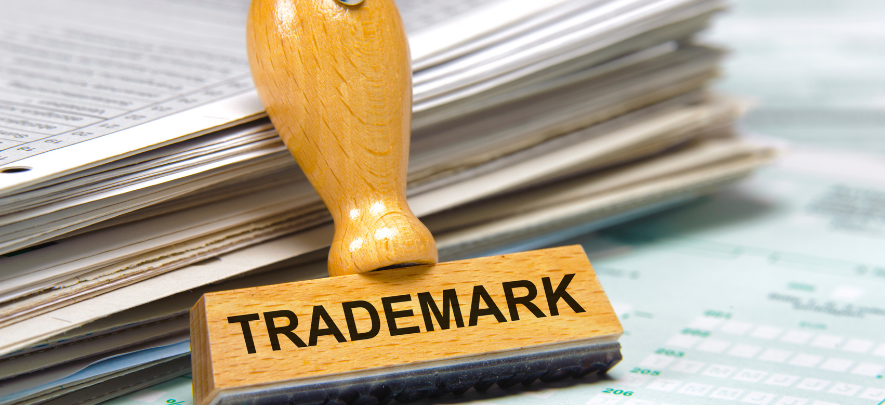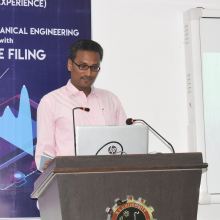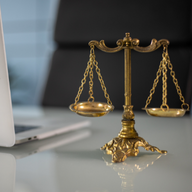Process of Trademark Registration in India

Legal & Compliance
170 week ago — 8 min read
The Trade Marks Act, 1999, is the legislation in India which covers the application process, method, mechanism, fee and validity etc of a Trademark registration. The Intellectual Properties (IPs) are different types like TMs, Industrial Designs, Patents, Geographical Indications, Copyrights etc.
The Logo, Symbol, Brand Name, Company Name, Sound, Song, Colour Commination, Font Style etc are the Trademarks in the business environment. The business owners like to protect their TM by going for registration of a Trademark.
One can file the TM application at online at https://ipindia.gov.in/. Generally, TM Attorneys will file the applications on behalf of the clients by taking a Power of Attorney (POA). The Advocates, Chartered Accountants, Company Secretaries etc who are practicing can register as TM Attorney as per the Trade Marks Act, 1999.
TM Application checklist
The following data / documents are required to file TM Application:
- Brand name / Logo / Symbol etc.
- Name & Address of the Applicant
- Nature of Business for which TM is being applied
- Use date of the Brand Name / Logo
- DIPP / MSME Registration Certificate
- Power of Attorney (POA)
- Email ID and Phone Number
- Legal Status of the applicant
- Address for correspondence
- Class of goods and services
Application Fees
The application fee is 9,000 per application per class. However, for MSME / Udyam / DIPP registered Firms / Companies including Individual Applicants the fee is only 4,500/-. Professional fee varies from professional to professional and nature of work.
Modification fee is 900/- per application. Opposition fee is 2700/- per application. There will be professional fee for each service under different stages of Trademark application.
Different Stages of Trademark Applications
TM Application – this is the first step of filing trademark (TM) application. Once the application is filed, then the applicant can use the letters “TM” for his brand / logo.
Send To Vienna Codification - If the applied TM is a Device / Logo Trademark, then, in this stage the design of the logo is codified as per the standards laid down under Vienna Agreement.
Formality Check Pass - Once all the supporting documents and TM application are verified by the department, and all the documents are in order, then the application status will be changed to Formality Check Pass. Otherwise, the rectification shall be filed along with 900 receipt fees.
Examination Report Issued – Once the above state is passed, then the application will be examined for similar marks / brands, phonetically similar marks etc. If there are already similar, well-known trademarks available, then Examination Report will be issued by TM Registry, which we need to reply.
Objected – If the applied TM is similar to existing registered or under process TMs, then the application will be objected by Registrar by issuing the Examination Report.
Advertised before Acceptance – If the registrar feels there are no objections for an applied TM, then the TM is advertised in the journal for a period of 4 months, during that time period the TM Status shows as Advertised before Acceptance.
Opposed – During the above period, if any third party oppose the TM, then the status will be changed to Opposed.
Accepted and Advertised - Once the 4 month period ends or the opposition proceedings come in favour of applicant, then the TM is declared as Accepted and Advertised.
Registered – Once the applied TM is Accepted and Advertised, then the TM is said to be Registered TM. Then the applicant can use “R” for his/her brand or logo.
Refused – If the applied TM is not as per the Trademark Act and Rules, then the TM Registry Refuses the application.
Removed – If the registered TM is removed by the Registry for some reason, then the status shows as “Removed”.
Rectification filed – After registration of a TM, sometimes if any one feels the registered TM infringing his brand, then they can file a Rectification against the registered TM.
Abandoned – If the Registered TM is not renewed after 10 years, or not replied to the Examination Report / Opposition within time, then the application status shows as “Abandoned”. There are many other reasons for abandonment.
Withdrawn - At times TM applications will be withdrawn by the applicants/ owners due to some reasons, then this status is shown in the TM portal.
Trademark Classes
As per the fourth schedule to Trade Marks Rules, 2002, there are 45 classes under which Trademarks can be filed. Class 1 to 34 deal with Manufacturing of goods or Trading and class 35 to 45 deal with rendering services. For example, if your business is Hotel, then you shall file TM application under class 43 and if your business is manufacturing of coffee / tea, then you shall file your application under Class 30. Therefore, each type of business has different class under which they shall file application under respective class only. One can check the total classes here.
Time Period
Usually from the date of application to date of registration, it may take 6 months to 2 years or more in certain circumstances.
Cost Involved
The Trademark application and registration shall pass through different stages, and each stage has different types of government fee and professional fee. Therefore, the minimum cost would be 7,000/- and the maximum cost depends on the objections, oppositions etc that we receive.
Therefore, the applicants are suggested to cautiously search the existing Trademarks before applying for a new Trademark to ensure that your brand / logo is not conflicting, similar, descriptive, generic to the existing TMs. If you can ensure the above then the time and cost will be saved enormously.
Applicants are also advised to engage the professionals wherever required.
Conclusion
The Trademarks are property like any other physical asset to the individuals and companies, therefore they shall be very much cautious while applying for the TMs and are advised to register their TM for protection from infringement or copycats.
If you are eligible then register under Udyam or DIPP / Start-Up India so that you will get 50% rebate on application fees. The applicants shall carefully choose the class under which they want to file the application and shall also keep checking the stats of the application very frequently, so that they can attend to the objections, oppositions timely.
Also read: What is the difference between Trademark ™ and Registered trademark symbol ® ?
To explore business opportunities, link with me by clicking on the 'Invite' button on my eBiz Card.
Image source: Canva
Posted by
Anil Kumar Ganga"Ananya legal LLP" is a full service, dynamic, and trustworthy Corporate Advisory and Legal Consultancy Limited Liability Partnership (LLP) Firm that specializes in a...
View Anil 's profile
Most read this week
Trending












Comments
Share this content
Please login or Register to join the discussion